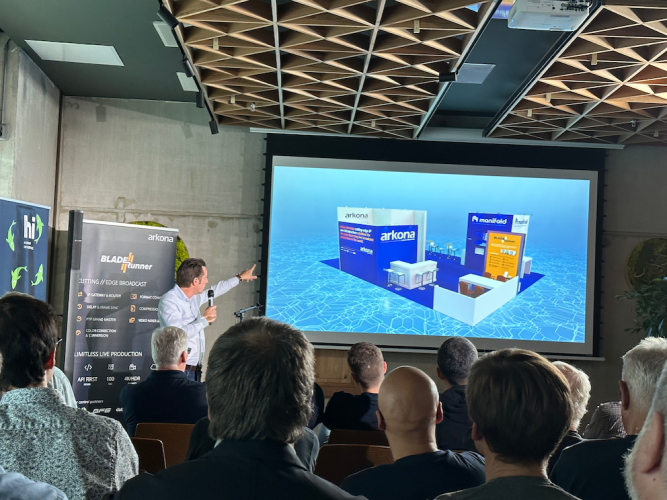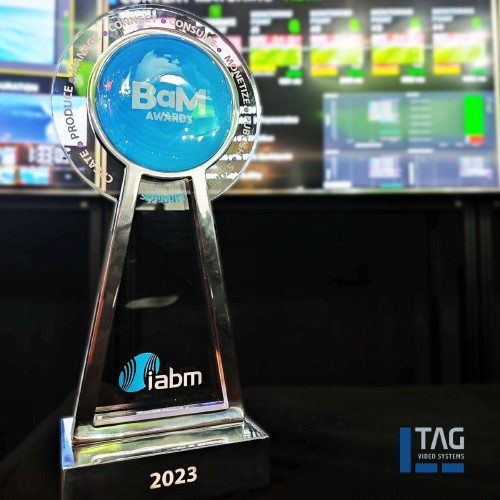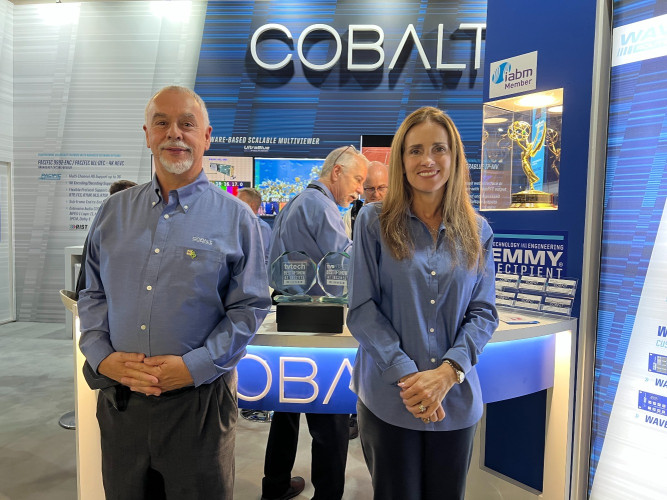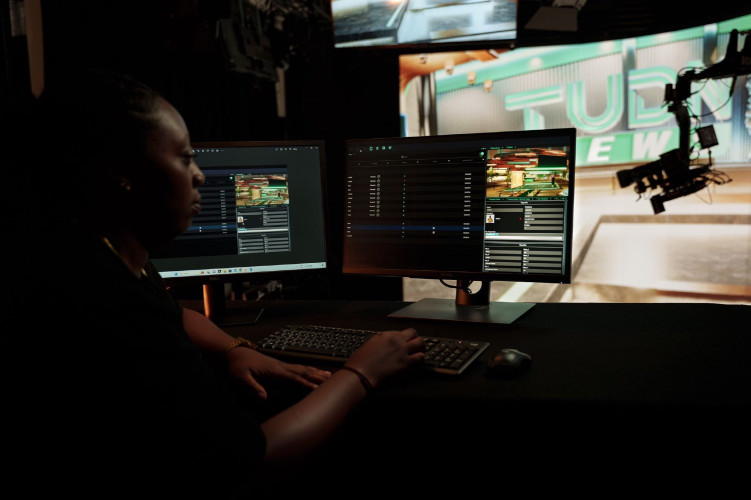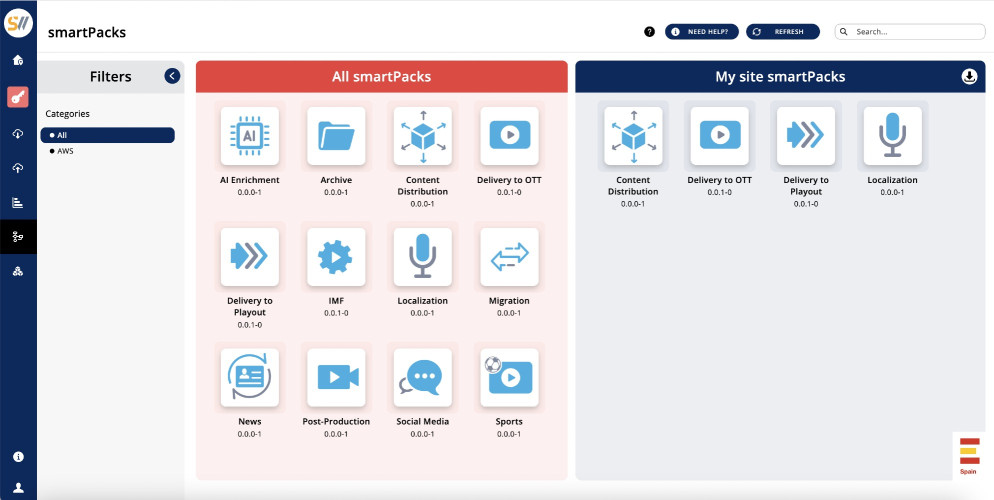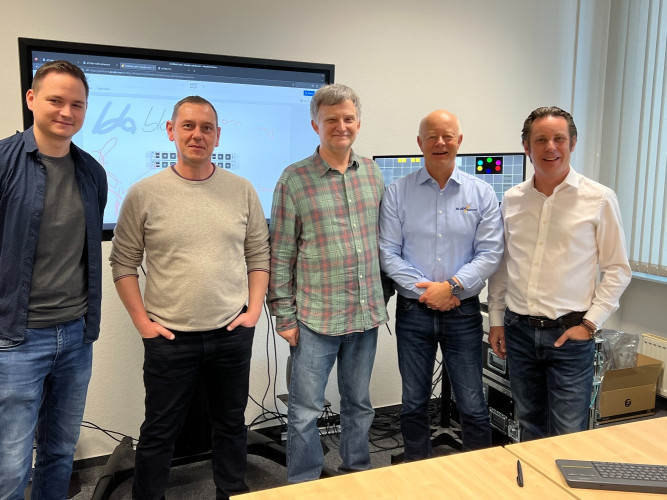Meet Tony Drummond-Murray, an engineer. His company, Murraypro, has been inventing and manufacturing precision equipment for 37 years. The mere 10 minutes I spent on the Murraypro stand at this year's IBC were an education. I learnt how and where manufacturers dangerously cut corners when designing their products and what effect this has on broadcasters; I learnt how to detect faults in technology you would assume to be broadcast-approved and identify issues that impact image quality. Tony has clearly spent a considerable amount of time not just figuring out how to implement new products but also what the business need is and how to communicate his products' benefits to his customers.
If only the Future Zone exhibitors at IBC could communicate... With 1,300 stands in 13 halls, IBC never rewards the casual browser. Stands that fail to transmit their message quickly, that lack any attempt at design and that are staffed by individuals struggling to communicate are likely to be brushed aside by most time-pressed visitors.
What a shame. Because the Future Zone is absolutely fascinating. Only visitors with time on their hands (or like me, a mission to fulfil) would be well rewarded. Here are some of the highlights, among many:
Production
Very impressive, though with little to say (“I won't tell you how it works!”) was Warwick University's team and their high dynamic range (HDR) camera. This HD camera's 20 stop range was illustrated using a film of an abdominal surgery being carried out under extremely bright lights. While no pro-camera could have captured the scene without burnt highlights, the university's goHDR camera had no such problems. However, as the researcher was explaining about the 42Gb / minute data rate and the on-screen surgeon was making his first incision, his audience swiftly moved on.
Collaborative Post Production
Ryerson University's online collaboration tool looked like the kind of application that just has be on every PC, Mac, tablet and whatever else professionals are using in a couple of year's time. While there are tools out there that allow control of remote computers, Ryerson demonstrated a high resolution realtime collaboration system specifically designed for multimedia. It allows control of anything on a remote device, be it an edit system, encoding tool or CG package as well as streaming 720p from a distant machine onto a local screen. The prospects for collaboration among content creators or between students and trainers or clients and suppliers are incredibly exciting.
Delivery at the Limits
The company name SVC4QoE will pull few punters, but their technology is powerful. The organisation enables networks – DVB or mobile - to transmit the same content in several quality grades in an efficient way. Their solution monitors the quality of experience of the end user, determining which is the best signal a device can receive at any one moment in time. In this way a broadcaster can ensure that viewers constantly get the best picture their device can receive, whether on a smartphone or on a TV. For audiences located in the fringes of a transmitter's range, it could spell the end of picture breakups.
Future Interactive
Fascinate and the 2020 3D Media Consortium both exhibited panoramic HD camera rigs. While the finished pictures from each were impressive, the interactive element of the technology was impressive. The two organisations showed how viewers could control what part of the massive picture to zoom in on. Being able to select exactly the camera angle you require and change it on a whim or to zoom in on one specific part of the action is extraordinary. One slightly nauseating example was an omnidirectional camera array fixed to the helmet of a cyclist. With the controller in hand, the viewer could watch the world go by from any angle – a whole new dimension to fly on the wall TV.
What's more
The Future Zone had more to offer including a 48 channel spherical speaker playing a nasal Japanese singer performing in surround sound, an eye tracking system proposed as a replacement for the remote control and a 'second screen' solution enabling audiences to interact with each other and the broadcaster in real time. There was also a multi-sensory demonstration that allowed visitors to see, touch hear and smell a computer generated rubber ball. But somehow a magazine article would never do it justice. My advice would be to experience it for yourself next year.










